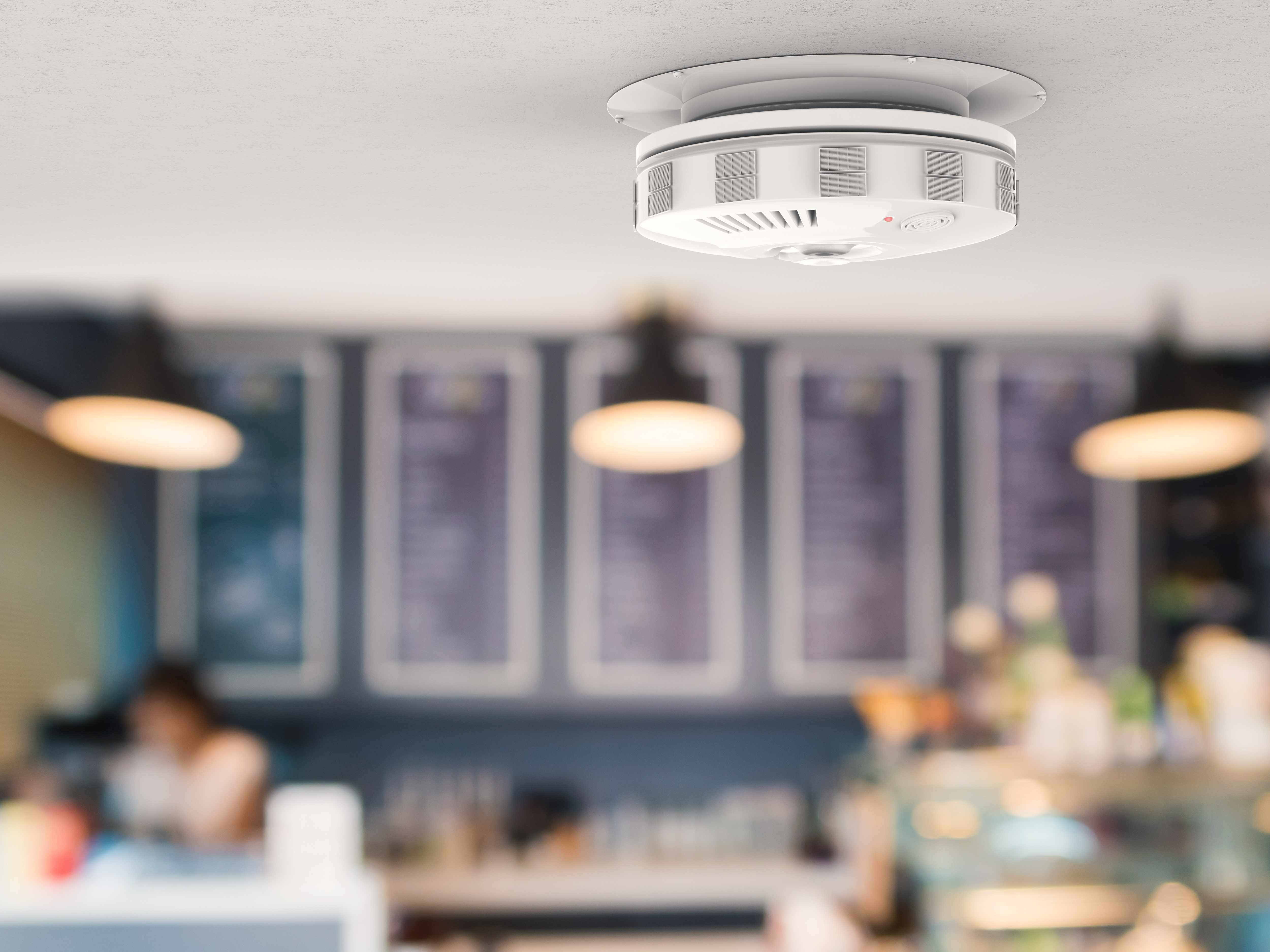 Carbon monoxide poisoning occurs when carbon monoxide builds up in your bloodstream. When too much carbon monoxide is in the air, your body replaces the oxygen in your red blood cells with carbon monoxide. This can lead to serious tissue damage, or even death.
Carbon monoxide poisoning occurs when carbon monoxide builds up in your bloodstream. When too much carbon monoxide is in the air, your body replaces the oxygen in your red blood cells with carbon monoxide. This can lead to serious tissue damage, or even death.
Carbon monoxide is a colorless, odorless, tasteless gas produced by burning gas, wood, propane, charcoal or other fuel. Improperly ventilated appliances and engines, particularly in a tightly sealed or enclosed space, may allow carbon monoxide to accumulate to dangerous levels.
If you think you or someone you're with may have carbon monoxide poisoning, get into fresh air and seek emergency medical care. Signs and symptoms of carbon monoxide poisoning may include:
- Dull headache
- Weakness
- Dizziness
- Nausea or vomiting
- Shortness of breath
- Confusion
- Blurred vision
- Loss of consciousness
When to see a doctor
The warning signs of carbon monoxide poisoning can be subtle. But the condition is a life-threatening medical emergency. If you think you or someone you're with may have carbon monoxide poisoning, get into fresh air and seek emergency medical care.
Treatments
Get into fresh air immediately and call 911 or emergency medical help if you or someone you're with develops signs or symptoms of carbon monoxide poisoning. These include headache, dizziness, nausea, shortness of breath, weakness and confusion.
Once you're at the hospital, treatment may involve:
- Breathing pure oxygen. In the emergency room, you may breathe pure oxygen through a mask placed over your nose and mouth. This helps oxygen reach your organs and tissues. If you can't breathe on your own, a machine (ventilator) may do the breathing for you.
- Spending time in a pressurized oxygen chamber. In many cases, hyperbaric oxygen therapy is recommended. This therapy involves breathing pure oxygen in a chamber in which the air pressure is about two to three times higher than normal. This speeds the replacement of carbon monoxide with oxygen in your blood.Hyperbaric oxygen therapy may be used in cases of severe carbon monoxide poisoning. It helps protect heart and brain tissue, which are particularly vulnerable to injury from carbon monoxide poisoning. Hyperbaric oxygen therapy may also be recommended for pregnant women because unborn babies are more susceptible to damage from carbon monoxide poisoning.
Causes
Carbon monoxide poisoning is caused by inhaling combustion fumes. When too much carbon monoxide is in the air you're breathing, your body replaces the oxygen in your red blood cells with carbon monoxide. This prevents oxygen from reaching your tissues and organs.
Various fuel-burning products and engines produce carbon monoxide. Normally the amount of carbon monoxide produced by these sources isn't cause for concern. But if they're used in a closed or partially closed space — such as using a charcoal grill indoors — the carbon monoxide can build to dangerous levels.
Smoke inhalation during a fire also can cause carbon monoxide poisoning.







